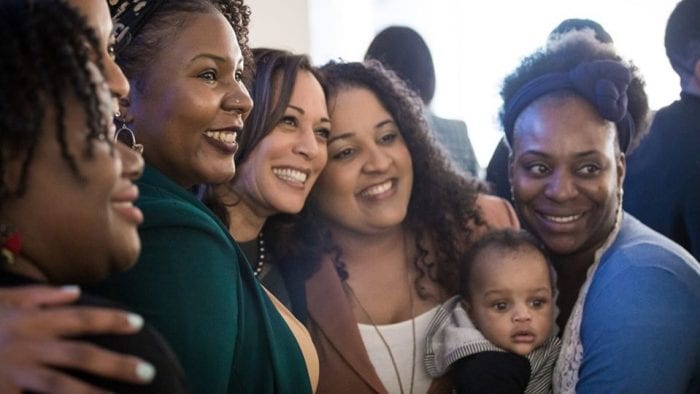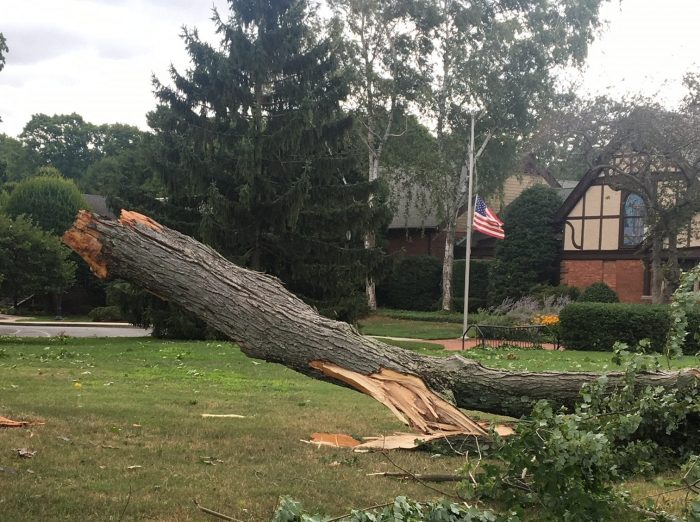By Leah S. Dunaief

“What’s new?” is a question asked regularly in newsrooms all across the country, as editors and reporters plan for the next edition. During the third week in August, the answer typically is, “Not much.” A lull usually sets in as people realize summer is coming to an end and this is a time to get in “last licks” of vacation before the world of serious work and school returns. But not this year. There has been nothing typical about 2020. This year will go down in the history books as unique.
Here are some of the major themes in the news today: the progress of the coronavirus as it rages across the south and west; the ongoing damage to the economy the pandemic has caused; recognition of systemic racism in our nation and the protests that has engendered; attitudes toward the police; the growing crisis in the postal service alarming voters; the announcement of explicit diplomatic relations between Israel and the United Arab Emirates (UAE) without first a settlement of the Palestinian question; the immigration issue again in focus with the selection of Kamala Harris as Biden’s vice presidential ticket mate; the changing face of America that nomination reflects; the reopening of schools; the reevaluation of a college degree vs. its costs precipitated by the prospect of Zoom classes and of course the Democratic National Convention held primarily via the internet.
Notice I didn’t even list the damage caused by Isaias; the increasingly troubling relationship between the United States and China; the windstorms that wrecked Iowa’s coming harvest; the abdication of Congress in the face of public desperation for fiscal stimuli; the grand centennial celebration of the 19th amendment concerning women’s right to vote; the defiance of the current recession by the stock market; and the rush of New York City residents to buy houses in the suburbs and settle in for the long haul. And that’s just some issues.
Almost all of these themes to some degree directly affect us here on Long Island. The one I would like to expand on, perhaps because it is the least confrontational and we have had enough confrontation for now, is the rapid change in American demographics.
The last big wave of immigrants, who arrived at the turn of the 20th century, was largely from Eastern and Southern Europe. This time, the surge is made up of second generation Americans — the children of immigrants who came from around the world. In California, for example, almost half of the children are from immigrant homes of Asians, Hispanics and those who are biracial. For the first time in our country’s history, whites make up less than half under the age of 16, according to the Brookings Institute. According to The New York Times, more than a quarter of all Americans are immigrants or the American-born children of immigrants, the latter representing “about 10 percent of the adult population.” About 42 million adults, or one in six of the country’s 250 million adults, are foreign-born.
What are the consequences of this shift in population?
This is nothing short of a transformation of this country’s identity “from a mostly white baby-boomer society into a multiethnic and racial patchwork,” according to The Times. “Boomers are 71.6 percent white, Millennials are 55 percent white, and post-Gen Z, those born after 2012 are 49.6 percent white … The parents of these modern children are from the Caribbean, China, Central America and Mexico” as well as India, Korea and more. They often came with higher education, mainly as a result of the 1965 Immigration and Nationality Act, but it’s their children who are moving into public life. They tend to feel “very patriotic about America,” according to Suhas Subramanyam, born of Indian parents who became the first Indian-American to be elected to the Virginia House of Delegates.
This mix of immigrants brings cultural richness and energy to our society, not to mention great new foods.














